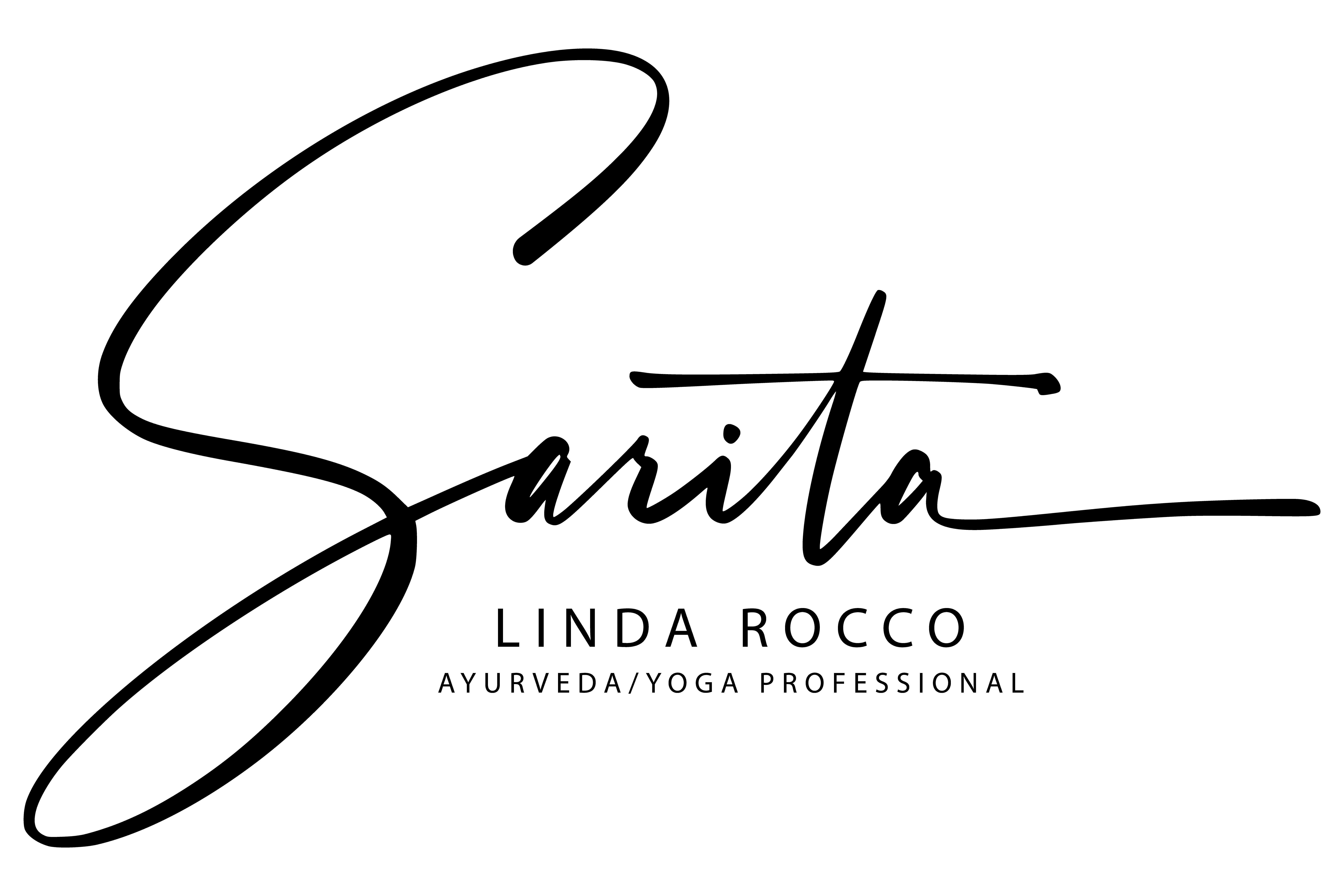Sitting on Your Sit Bones: The Key to Meditation and Great Posture
- Sarita-Linda Rocco

- Mar 13
- 3 min read
What Are Sit Bones?

In Svaroopa®️ Yoga classes, you'll be asked to "sit up on your Sit Bones.” But what exactly are Sit Bones, and why is their positioning so important?
Your Sit Bones (also called sitz bones or sitting bones) are the ischial tuberosities—the two bony protrusions at the bottom of your pelvis. These bones support your weight when seated. While they may not always be noticeable due to surrounding muscles and tissues, they play a key role in posture and movement.
The pelvic region consists of:
Hip Bones (Coxal Bones)
Sacrum (triangular bone at the base of the spine)
Coccyx (tailbone)
Ischium (the part of the hip bone where the Sitz Bones are located)
You don’t need to memorize these terms to understand the key takeaway: sitting on your Sit Bones helps create better alignment, balance, and ease in your yoga practice.

Why Sit on Your Sit Bones?
Healthy Sit Bone alignment contributes to:
✅ Good Posture – Avoids lower back strain and evenly distributes weight.
✅ Pelvic Stability – Helps maintain a healthy spinal curve.
✅ Muscle Release – Aids in hamstring flexibility and hip mobility.
✅ Spinal Health – Prevents postural issues like kyphosis (hunching) and lordosis (overarching).
✅ Energy Conservation – Reduces unnecessary muscular effort in seated poses.
✅ Enhanced Meditation – Allows tailbone to lengthen, and spinal energy (kundalini) to move solidly downward, and then fully and freely upward. It’s an important key to energy flow in meditation.
How to Sit on Your Sit Bones
Follow these simple steps:
1. Rock forward & back- This subtle movement locates the optimal sitting position on the knobby sit bones.
Adjust Your Seat – If needed, use a folded blanket or two under your hips to elevate your pelvis.
Use a Wedge – Slide the top blanket of your seat halfway back. Sit on the top blanket, cross your legs, then carefully slide your sit bones of the folded edge to the blanket below, leaving your buttocks lifted.
Tilt Your Pelvis – Slightly tip the top of your pelvis forward while the bottom moves back. This helps align the spine naturally.
Balance Evenly – Ensure both Sit Bones are grounded, distributing your weight equally.
Lengthen Your Spine – Sit tall, lifting through the crown of your head with shoulders relaxed.
Check Your Knees – Ideally, your knees should be level with your hips. Support your knees with blankets to create perfect alignment.
Bringing Sit Bone Awareness to Your Yoga Practice
Sit Bone alignment is essential not only in seated poses but also in standing and forward bend asanas.
🧘 Seated Poses (e.g., Sukhasana, Dandasana): Ensure even weight distribution and a neutral pelvis.
🦵 Forward Folds (e.g., Paschimottanasana): Engage your Sitz Bones by reaching the tailbone back and lengthening the spine.
🦶 Standing Poses (e.g., Tadasana, Warrior Poses): Ground your feet while maintaining awareness of your pelvic position.
By developing Sit Bone awareness into your practice, you enhance balance, reduce strain, and improve your overall yoga experience.
Beyond Yoga: The Art of Sitting Well
Many yoga practitioners underestimate the importance of seated postures, yet mastering the art of sitting is fundamental to breathwork, meditation, and overall body awareness.
💡 Did you know? Poor Sit Bone alignment can contribute to tight hamstrings, lower back pain, and postural imbalances. Over time, it may even lead to spinal disc issues or discomfort in daily activities like walking and standing.
Sitting attentively, whether in a yoga class, at your desk, or during meditation, supports spinal health and mindfulness. The next time you sit down, take a moment to notice your Sit Bones—a small adjustment can make a big difference!
Finding Stability and Ease
Svaroopa®️ Yoga is about cultivating awareness. Bringing awareness to your Sit Bones is a simple and powerful way to create stability, balance, and comfort in your practice and daily life. This foundational awareness can enhance your posture, prevent strain, support a lifelong practice of well-being and open the pathway for strong energy movement that becomes your “fountain of youth”.

Comments